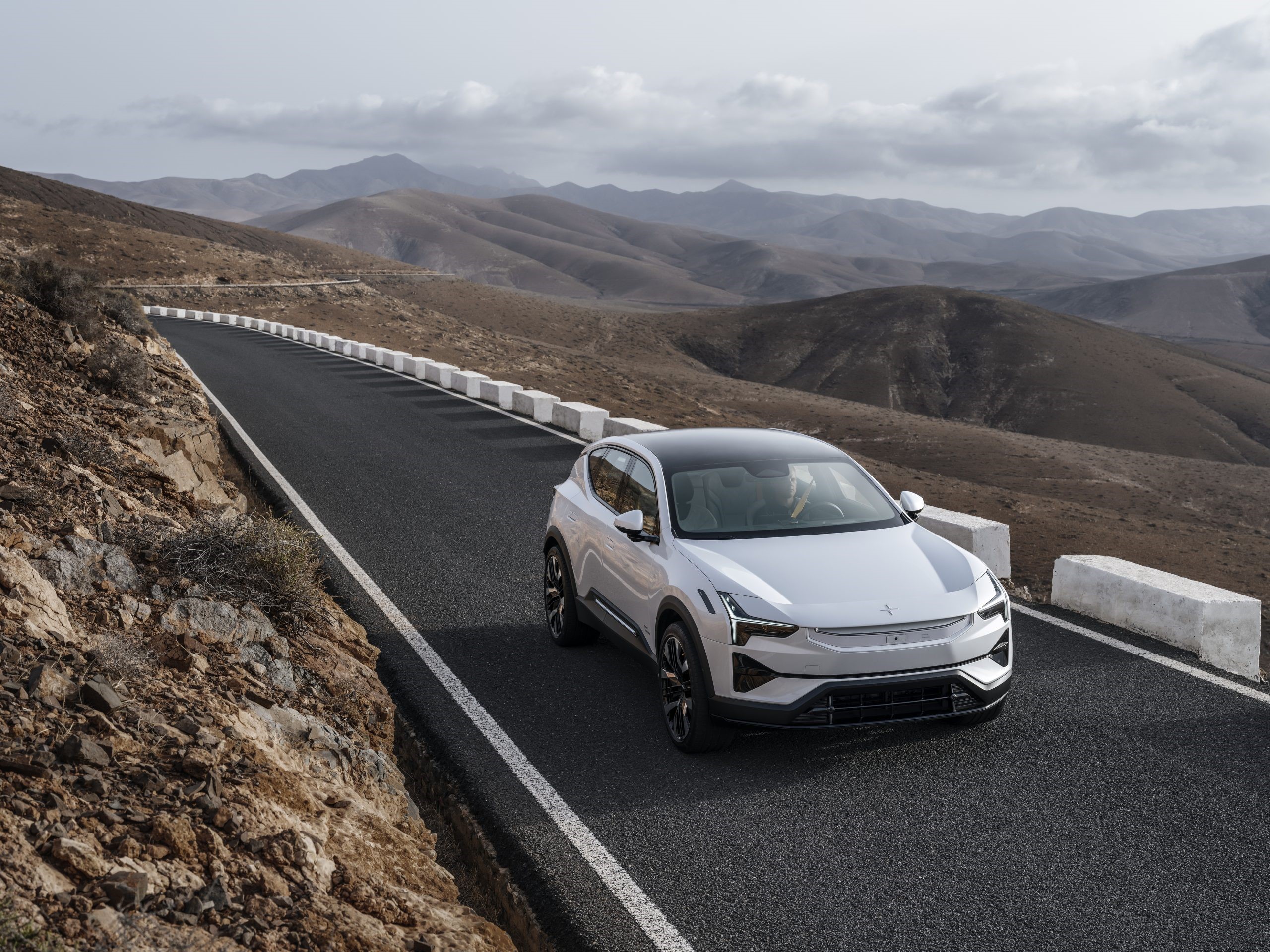

Polestar, the renowned electric car manufacturer, has unveiled its latest innovation: the Polestar 3 performance SUV. This remarkable vehicle not only embodies the pinnacle of automotive engineering but also sets a new benchmark in sustainability within the electric vehicle (EV) sector.
 According to the company's latest Lifecycle Assessment (LCA) report, independently reviewed by Ricardo plc, the Polestar 3 boasts a significantly lower cradle-to-gate carbon footprint compared to its predecessor, the Polestar 2. Impressively, the Polestar 3's carbon footprint stands at 24.7 tCO2e, contrasting with the 26.1 tCO2e of the Polestar 2 launched in 2020.
According to the company's latest Lifecycle Assessment (LCA) report, independently reviewed by Ricardo plc, the Polestar 3 boasts a significantly lower cradle-to-gate carbon footprint compared to its predecessor, the Polestar 2. Impressively, the Polestar 3's carbon footprint stands at 24.7 tCO2e, contrasting with the 26.1 tCO2e of the Polestar 2 launched in 2020.
Material sourcing: A key factor in carbon reduction
Central to this achievement is the strategic reduction of emissions at the source level, particularly in the extraction and processing of critical materials such as aluminium, steel, and batteries. The LCA report reveals that material production and refining contribute a substantial 68 per cent of the Polestar 3's cradle-to-gate carbon footprint. Aluminium alone represents 24 per cent, with iron and steel contributing 17 per cent, and battery module production accounts for another 24 per cent.
Innovative solutions driving sustainability
The Head of Sustainability at Polestar, Fredrika Klarén, exemplified: "The majority of a vehicle's greenhouse gas emissions stem from extracting and processing materials. As we accelerate the adoption of electric cars, there is a lot we can do to reduce their production-related emissions and strengthen the role of innovations and of electric cars as a climate solution; Polestar 3 is a testament to that."
Through initiatives like purchasing aluminium and steel produced using renewable electricity, Polestar is pioneering carbon-neutral solutions across various components, including electronics, tyres, and thermoplastics.
Renewable energy integration
A significant stride towards sustainability is the integration of renewable energy sources in manufacturing facilities. The Polestar 3 was initially manufactured at Volvo Cars' Chengdu factory in China and is powered entirely by renewable energy. Additional production in South Carolina, USA, set to commence this year, will also operate on 100 per cent renewable energy.
The LCA for the Polestar 3 incorporates comprehensive assessments, including three different electricity mixes and a 200,000 km lifetime distance driven. Notably, the updated methodology considers realistic scenarios from the IEA, highlighting the potential for renewable energy to reduce emissions during the vehicle's use phase. Additionally, vehicle maintenance is now included in the calculations, providing a holistic view of the car's cradle-to-grave carbon footprint.
Key takeaway: A sustainable future beckons
In summary, the Polestar 3 epitomises the convergence of cutting-edge technology and environmental stewardship in the automotive industry. With a relentless commitment to reducing carbon emissions throughout the vehicle lifecycle, Polestar paves the way for a more sustainable future.
If you wish to learn more about the use of aluminium in the transportation sector, please have a look at AL Circle’s special report on the same, Future of Aluminium in the Transportation sector.
Responses








